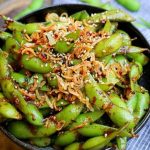Are you looking to boost your gut health and start feeling the benefits of a balanced digestive system? One way to do that is by incorporating fermented foods into your diet. Fermented foods are packed with beneficial probiotics, which can help regulate your gut microbiome and improve overall health. But what are some delicious and easy-to-make recipes for fermented foods?
From tangy sauerkraut to spicy kimchi, we’ve got 18 tasty recipes that will get you started on the path to a healthier gut. In this article, we’ll explore a range of recipes that use different ingredients and techniques to create deliciously fermented dishes.
Homemade Sauerkraut with Caraway Seeds
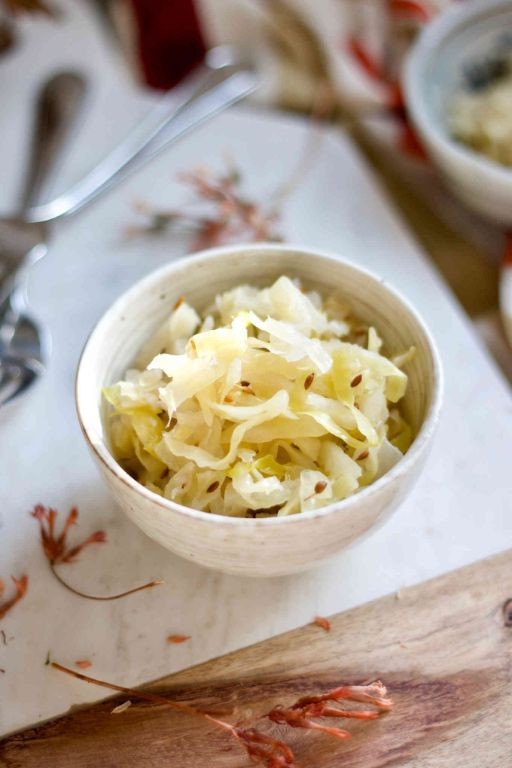
Make your own tangy sauerkraut at home with this simple recipe, featuring the added depth of caraway seeds. This fermented cabbage dish is a staple in many cuisines, perfect for snacking, topping sandwiches, or adding to recipes.
Ingredients:
– 5 lbs (2.3 kg) green or red cabbage, shredded
– 1 tablespoon salt
– 1/4 cup (60 ml) water
– 1/2 teaspoon caraway seeds
– 1 tablespoon sugar (optional)
Instructions:
1. In a large bowl, massage the shredded cabbage with your hands for about 5 minutes to release its natural juices.
2. In a separate bowl, mix salt and water until dissolved. Add the caraway seeds and stir.
3. Combine the cabbage mixture with the brine solution, stirring well.
4. Pack the mixture into a clean glass jar or container, pressing down firmly to eliminate air pockets.
5. Cover the jar with cheesecloth or a breathable lid.
6. Let the sauerkraut ferment at room temperature (64°F – 75°F / 18°C – 24°C) for 4-6 weeks, shaking the jar every few days.
Cooking Time: 4-6 weeks (fermentation time)
Spicy Kimchi with Napa Cabbage
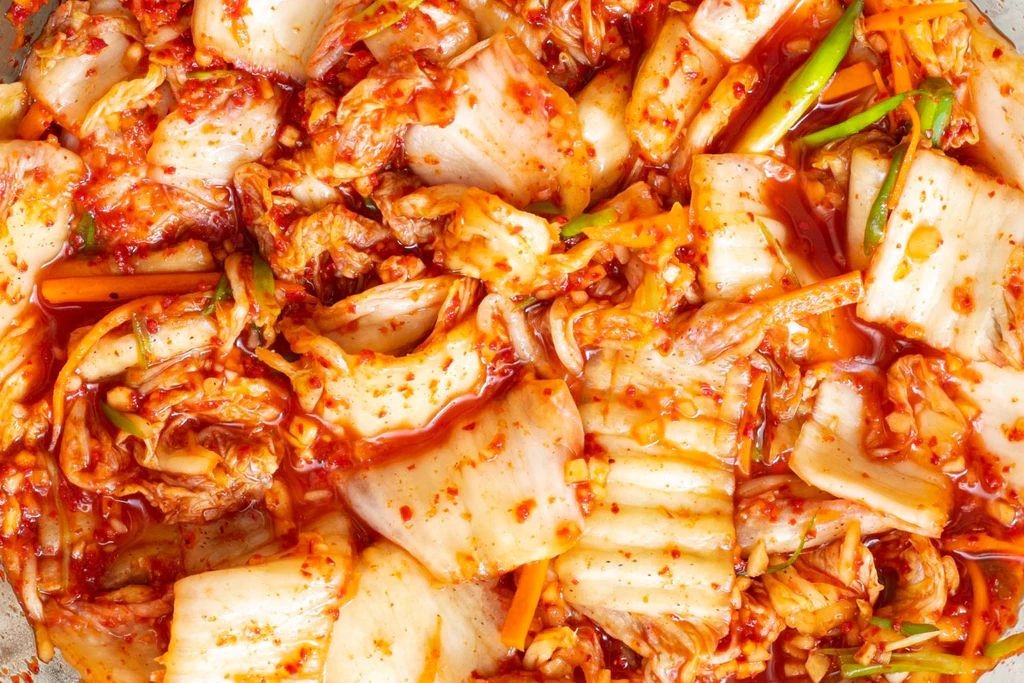
This recipe adds a spicy kick to the classic Korean fermented vegetable dish, kimchi. The addition of Napa cabbage gives it a slightly sweeter and crunchier texture.
Ingredients:
– 2 lbs Napa cabbage, cut into 2-inch pieces
– 1/4 cup coarse salt
– 1/4 cup Korean chili flakes (gochugaru)
– 2 cloves garlic, minced
– 1/4 cup fish sauce
– 1/4 cup rice vinegar
– 1/4 cup water
– 1/2 cup scallions, thinly sliced
Instructions:
1. Rinse the cabbage pieces in cold water to remove any impurities.
2. In a large bowl, mix the coarse salt and chili flakes together. Add the garlic and stir to combine.
3. Add the cabbage to the bowl and massage it with your hands for about 5 minutes to help release its natural juices.
4. Rinse the cabbage pieces again in cold water to remove excess salt.
5. In a large jar, combine the fish sauce, rice vinegar, and water. Stir until dissolved.
6. Pack the cabbage mixture into the jar, leaving about an inch at the top.
7. Top with scallions and cover the jar with a lid.
Cooking Time: 1-2 weeks (depending on desired level of fermentation)
Classic Dill Pickles
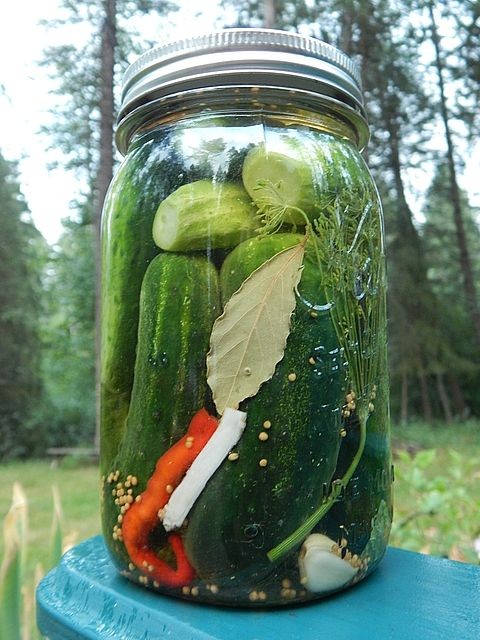
Create a tangy and crunchy snack with this simple recipe for classic dill pickles. With just a few ingredients, you’ll be enjoying your homemade pickles in no time!
Ingredients:
– 4 cups of thinly sliced cucumbers
– 1/2 cup of water
– 1/2 cup of white vinegar
– 1/4 cup of granulated sugar
– 1 tsp of salt
– 2 tbsp of fresh dill weed, chopped
– 1 tsp of whole black peppercorns
Instructions:
1. In a large bowl, combine the sliced cucumbers and salt. Let it sit for at least 30 minutes to allow the cucumbers to release their excess water.
2. Drain the cucumber mixture and rinse with fresh water to remove any remaining salt.
3. In a large pot, combine the vinegar, sugar, and chopped dill weed. Bring to a boil over medium heat, stirring occasionally.
4. Pack the drained cucumber slices into clean glass jars, leaving about 1/4 inch of headspace. Pour the hot pickling liquid over the cucumbers, making sure they are completely covered.
5. Seal the jars and let them cool to room temperature. Store in the refrigerator for at least 24 hours before serving.
Cooking Time: None, as this recipe is refrigerated for fermentation.
Fermented Garlic Honey
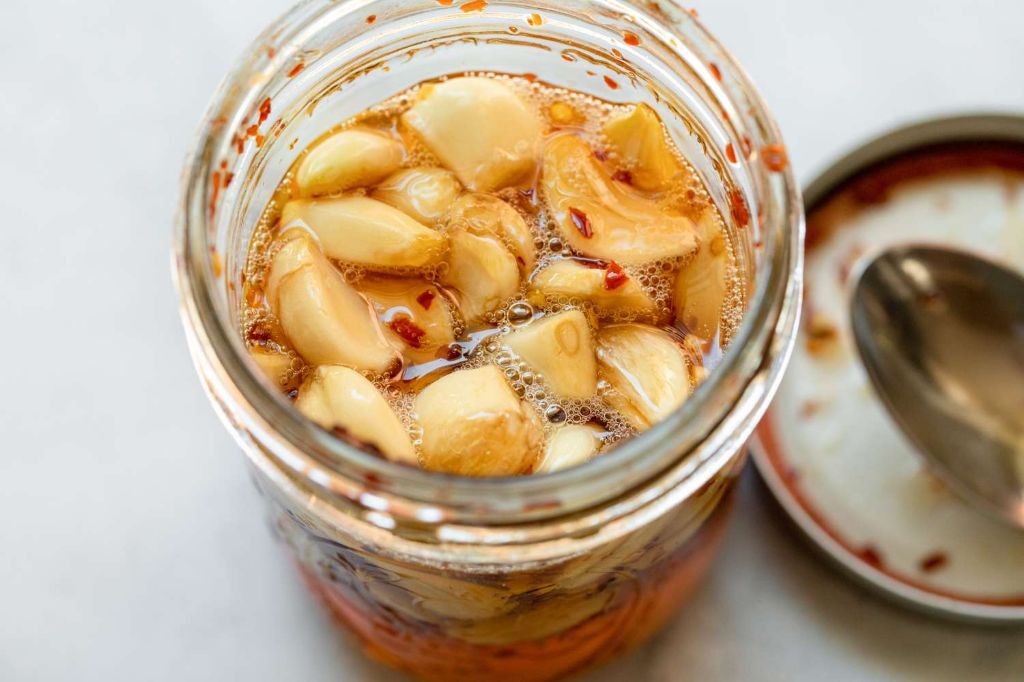
Fermented Garlic Honey: A Savory and Sweet Condiment
This recipe combines the pungency of garlic with the richness of honey, creating a fermented condiment that adds depth to various dishes. With its tangy flavor and thick, syrup-like consistency, Fermented Garlic Honey is perfect for topping meats, cheeses, or using as a marinade.
Ingredients:
– 1/2 cup raw garlic, minced
– 1/4 cup pure honey
– 1/4 cup water
– 1 tablespoon active dry yeast
– 1/4 teaspoon salt
Instructions:
1. In a clean glass jar, combine the minced garlic and honey.
2. Add the water and stir until the mixture forms a thick paste.
3. Sprinkle the yeast over the top of the mixture and cover the jar with a cloth or paper towel.
4. Let the mixture ferment at room temperature (around 70°F to 75°F) for 7-10 days, shaking the jar daily.
5. After 7-10 days, strain the liquid through a cheesecloth or fine-mesh sieve into another container. Discard the solids.
6. Store the Fermented Garlic Honey in an airtight container at room temperature for up to 2 months.
Cooking Time: 7-10 days fermentation time
Beet Kvass with Ginger
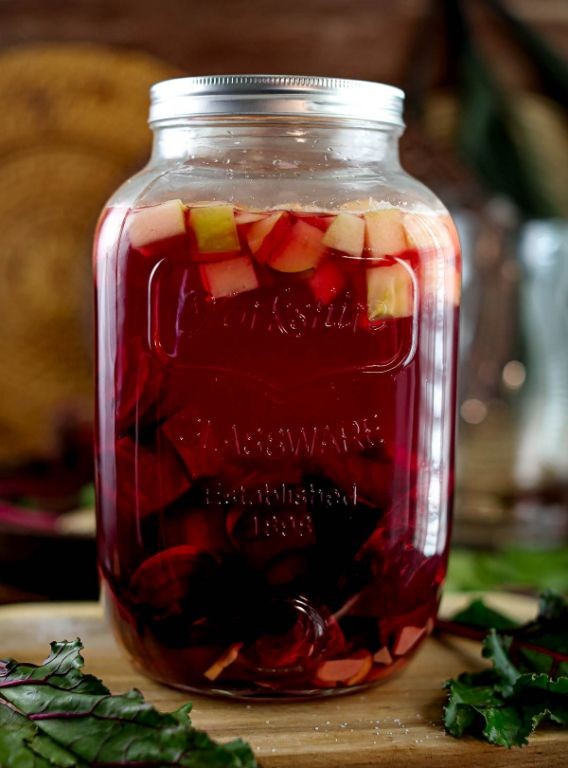
Kvass is a traditional Eastern European fermented beverage that’s both refreshing and nutritious. This beet kvass recipe adds the warmth of ginger to create a unique and flavorful drink.
Ingredients:
– 2 cups beets, peeled and chopped
– 1/4 cup sugar
– 1 gallon water
– 1/4 cup grated fresh ginger
– 1/2 teaspoon active dry yeast (such as champagne or ale yeast)
– 1/4 teaspoon salt
Instructions:
1. Combine beets, sugar, and water in a large pot. Bring to a boil, then reduce heat and simmer for 10 minutes.
2. Strain the mixture through a cheesecloth or fine-mesh sieve into a large bowl, pressing on solids to extract as much liquid as possible. Discard solids.
3. Add grated ginger, yeast, and salt to the beet liquid. Stir well to combine.
4. Transfer the mixture to a large glass jar or fermenting vessel. Cover with cheesecloth or a coffee filter to keep out contaminants.
5. Allow the kvass to ferment at room temperature (around 68°F) for 2-3 days, or until it has reached the desired level of carbonation and flavor.
6. Strain the kvass again and refrigerate before serving.
Cooking Time: 24 hours
Lacto-Fermented Hot Sauce

Add a tangy, fermented twist to your hot sauce with this simple recipe. This lacto-fermented hot sauce is perfect for those looking for a spicy kick with a depth of flavor.
Ingredients:
– 2 cups chopped fresh peppers (any variety, such as jalapeño, habanero, or Anaheim)
– 1/4 cup water
– 1 tablespoon salt
– 1 tablespoon whey powder (or active yogurt culture)
– Optional: garlic, onion, or other spices to taste
Instructions:
1. Combine peppers and water in a blender or food processor. Blend until smooth.
2. Transfer the mixture to a clean glass jar with a wide mouth. Add salt and whisk until dissolved.
3. Add whey powder (or active yogurt culture) and stir well to combine.
4. Cover the jar with cheesecloth or a coffee filter, securing it with a rubber band. Let ferment at room temperature for 7-10 days, shaking the jar daily.
5. After fermentation, strain the hot sauce through a fine-mesh sieve into a clean glass bottle. Discard solids.
6. Store in the refrigerator to slow down fermentation and prolong shelf life.
Cooking Time: None (fermentation only)
Simple Yogurt with Live Cultures

This recipe produces a deliciously tangy and creamy yogurt using live cultures, requiring minimal effort and time. Perfect for those seeking a healthy snack or adding a probiotic boost to their meals.
Ingredients:
– 1 quart (960ml) whole milk
– 1 tablespoon plain yogurt with live cultures (as starter culture)
– Optional: sweetener (e.g., honey), flavorings (e.g., vanilla extract)
Instructions:
1. Preheat the oven to its lowest temperature setting (usually around 150°F/65°C).
2. Pour the milk into a clean glass jar or container.
3. Add the starter culture and whisk gently to combine.
4. Cover the jar with a lid and place it in the preheated oven for 6-8 hours or overnight.
5. Remove the jar from the oven and refrigerate it until chilled (around 2-3 hours).
6. Once cooled, your yogurt is ready! You can sweeten or flavor it to taste.
Cooking Time: 6-8 hours
Miso Soup with Fermented Soybean Paste
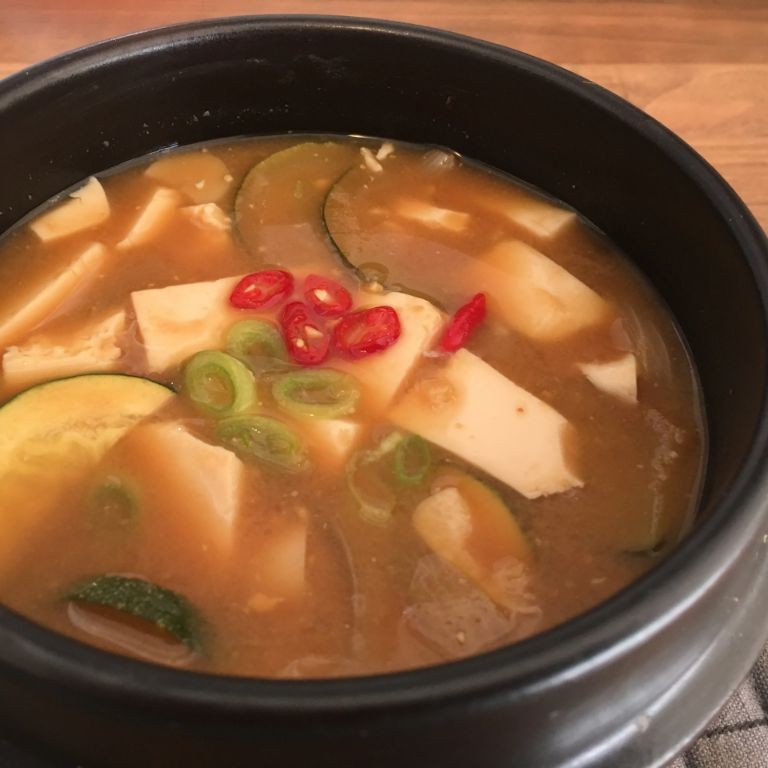
This traditional Japanese soup is a staple of comfort food, with the rich flavor of miso paste balanced by the creamy texture of tofu. Our recipe adds an extra layer of umami depth with fermented soybean paste, making it a true delight.
Ingredients:
– 2 cups dashi broth (or vegetable broth)
– 2 tablespoons white miso paste
– 1 tablespoon fermented soybean paste (natto)
– 1 small onion, thinly sliced
– 2 cloves garlic, minced
– 1/2 cup firm tofu, cut into small cubes
– Salt and pepper to taste
– Scallions, thinly sliced, for garnish
Instructions:
1. In a large pot, combine dashi broth, miso paste, and fermented soybean paste. Whisk until smooth.
2. Add onion and garlic; simmer over medium heat for 5 minutes.
3. Add tofu and season with salt and pepper to taste.
4. Simmer for an additional 2-3 minutes or until soup has reached desired consistency.
5. Garnish with scallions and serve hot.
Cooking Time: 15-20 minutes
Kombucha with Berry Infusion
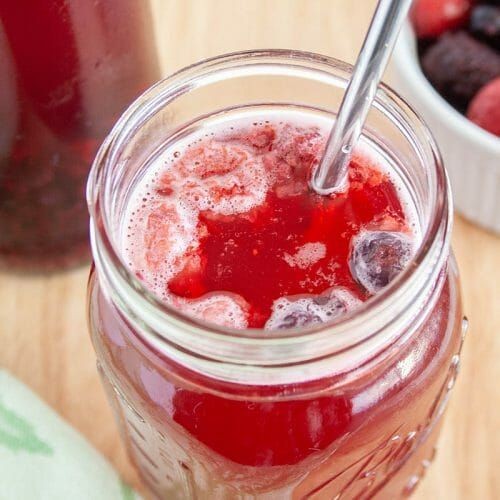
Elevate your fermentation game with this simple recipe that combines the tangy goodness of kombucha with the sweet and fruity flavors of mixed berries. Perfect for a hot summer day, this refreshing drink is packed with probiotics and antioxidants.
Ingredients:
– 1 SCOBY (Symbiotic Culture of Bacteria and Yeast)
– 1 gallon water
– 1 cup sugar
– 8 tea bags (black or green tea)
– 1 cup mixed berries (blueberries, raspberries, blackberries, strawberries)
– 1 cup starter tea (from a previous batch of kombucha)
Instructions:
1. Bring the water to a boil and add the sugar, stirring until dissolved.
2. Remove from heat and add the tea bags. Let steep for 5-7 minutes, then remove the tea bags.
3. Add the mixed berries to the sweetened tea and let it cool to room temperature (around 70°F).
4. Once cooled, add the starter tea and stir gently.
5. Place the SCOBY in the liquid, cover with a breathable cloth or paper towel, and secure with rubber bands.
6. Ferment at room temperature for 7-14 days, then bottle and store in the refrigerator.
Cooking Time: None! Let it ferment for 1-2 weeks before serving.
Fermented Sourdough Starter Bread
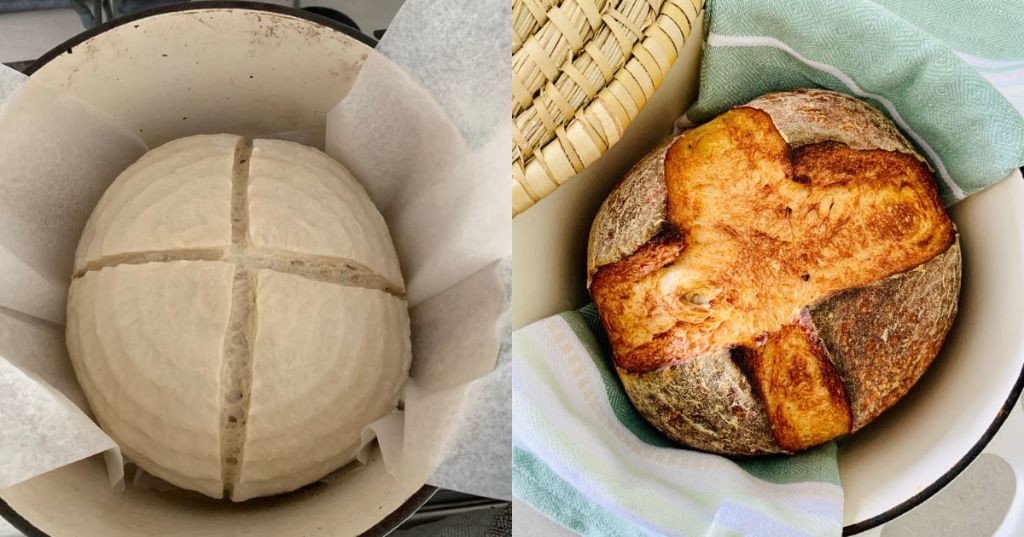
Harnessing the power of fermentation, this recipe yields a deliciously tangy and crusty sourdough bread using your own starter culture. With minimal ingredients and simple steps, you’ll be enjoying fresh loaves in no time.
Ingredients:
– 1 cup active sourdough starter (fed and ripe)
– 3 cups bread flour
– 1/2 teaspoon salt
Instructions:
1. In a large mixing bowl, combine sourdough starter and 1/2 cup of warm water. Mix until smooth.
2. Gradually add remaining 2 1/2 cups of bread flour, one cup at a time, until dough forms a shaggy mass.
3. Knead the dough for 5-7 minutes, until it becomes smooth and elastic.
4. Place dough in a lightly oiled bowl, cover with plastic wrap or a damp cloth, and let rise at room temperature (around 70°F) for 4-6 hours.
5. Preheat oven to 450°F (230°C). Shape dough into a round or oblong loaf.
6. Bake for 30-40 minutes, or until the crust is golden brown and internal temperature reaches 200°F (90°C).
Cooking Time: 30-40 minutes
Pickled Daikon Radish
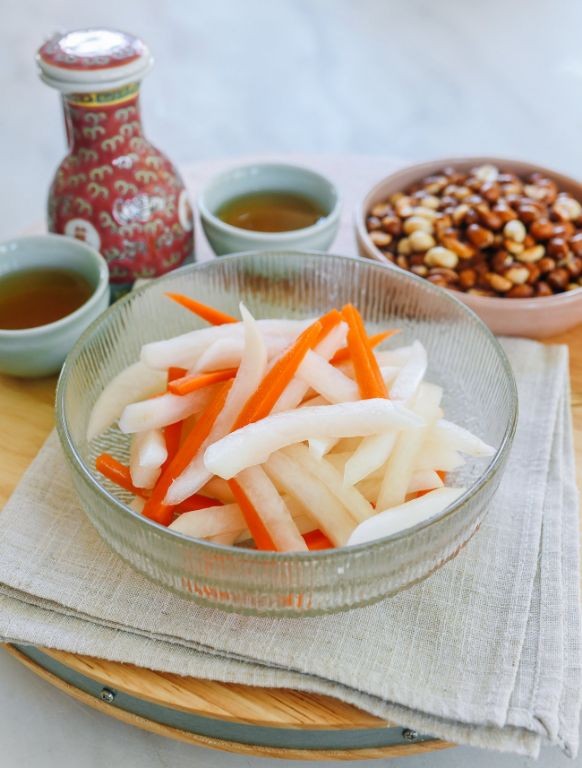
This sweet and tangy pickling recipe brings out the natural sweetness of daikon radish, making it a perfect addition to any meal or as a snack on its own.
Ingredients:
– 1 large daikon radish, peeled and thinly sliced
– 1 cup (250ml) white vinegar
– 1/2 cup (125ml) water
– 1/4 cup (60g) granulated sugar
– 1 tsp (5g) salt
– 1/4 tsp (1.25g) black pepper
Instructions:
1. In a large bowl, combine sliced daikon radish and pickling liquid (white vinegar, water, sugar, salt, and black pepper).
2. Let it sit at room temperature for 24 hours to allow the flavors to meld.
3. After 24 hours, refrigerate the mixture for at least 4 hours or overnight before serving.
Cooking Time: 24 hours (including 4 hours of refrigeration)
Tempeh Stir-Fry with Vegetables

A flavorful and nutritious stir-fry recipe that combines the nutty taste of tempeh with a variety of colorful vegetables, perfect for a quick and easy dinner.
Ingredients:
– 1 block of tempeh, cut into small pieces
– 2 tablespoons of vegetable oil
– 1 onion, sliced
– 2 cloves of garlic, minced
– 1 bell pepper, sliced
– 2 cups of broccoli florets
– 1 tablespoon of soy sauce
– 1 teaspoon of grated ginger
– Salt and pepper to taste
– Chopped green onions for garnish (optional)
Instructions:
1. Heat the oil in a large skillet or wok over medium-high heat.
2. Add the tempeh and cook until golden brown, about 3-4 minutes.
3. Add the onion, garlic, bell pepper, and broccoli to the skillet. Cook for an additional 5 minutes, stirring frequently.
4. In a small bowl, whisk together the soy sauce and ginger. Pour the mixture over the vegetables and tempeh, stirring to combine.
5. Season with salt and pepper to taste.
6. Serve hot, garnished with chopped green onions if desired.
Cooking Time: 15-20 minutes
Fermented Ginger Carrots

Discover the tangy, sweet, and spicy flavors of fermented ginger carrots, a simple and healthy side dish that’s packed with probiotics and antioxidants. This recipe is perfect for adding a burst of flavor to your meals or using as a topping for salads.
Ingredients:
– 2 lbs carrots, peeled and sliced into thin rounds
– 1-inch piece of fresh ginger, peeled and grated
– 1/4 cup water
– 1 tablespoon sea salt
– 1 tablespoon sugar
– 1/4 teaspoon black pepper
Instructions:
1. In a large bowl, combine the carrot slices, grated ginger, water, sea salt, sugar, and black pepper.
2. Massage the mixture with your hands for about 5 minutes to help release the natural enzymes in the carrots.
3. Pack the mixture into a clean glass jar, pressing down firmly to remove any air pockets.
4. Weigh down the carrots with a stone or a heavy object, then cover the jar with cheesecloth or a coffee filter.
5. Let it ferment at room temperature (68-72°F) for 7-10 days, shaking the jar daily to help the fermentation process.
Cooking Time: None
Kefir Smoothie with Fresh Fruit
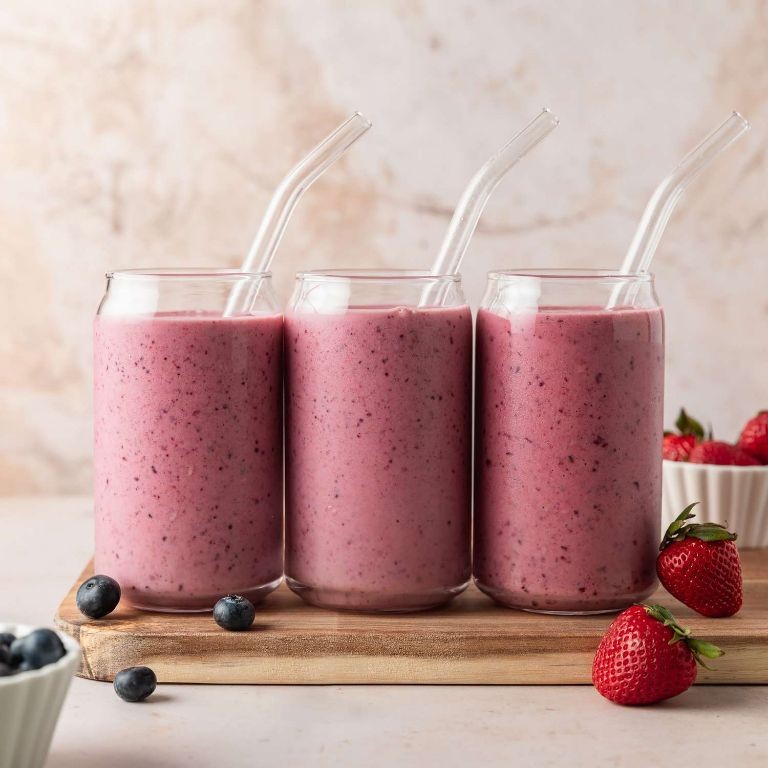
Start your day off right with this refreshing kefir smoothie packed with the sweetness of fresh fruit and the probiotic benefits of kefir. This recipe is a simple and delicious way to add some extra nutrition to your morning routine.
Ingredients:
• 1 cup frozen mixed berries (such as blueberries, strawberries, and raspberries)
• 1/2 banana, sliced
• 1/4 cup plain kefir
• 1 tablespoon honey
• Ice cubes (as needed)
Instructions:
1. In a blender, combine the frozen berries, sliced banana, and kefir.
2. Blend until smooth and creamy, stopping to scrape down the sides of the blender as needed.
3. Add the honey and blend until well combined.
4. Taste and adjust sweetness as needed by adding more honey or ice cubes.
Cooking Time: 5 minutes
Serves: 1
Fermented Turmeric Onions

Add a tangy twist to your favorite dishes with these fermented turmeric onions, perfect for adding a pop of flavor and color.
Ingredients:
– 1 large onion, thinly sliced
– 1/2 cup water
– 1/4 cup active cultural yogurt (with live cultures)
– 2 teaspoons grated fresh turmeric
– 1 teaspoon sea salt
– Optional: any combination of garlic, ginger, or chili flakes for added flavor
Instructions:
1. In a large glass jar, combine sliced onions and water. Weight the onions down with a plate or stone to keep them submerged.
2. Mix in yogurt, turmeric, and sea salt until well combined.
3. Cover the jar with a cloth or paper towel, securing it with a rubber band.
4. Let the mixture ferment at room temperature (around 68°F to 72°F) for 7-10 days, shaking the jar daily.
5. After fermentation, store the onions in the refrigerator to slow down the fermentation process.
Cooking Time: None required! Use these fermented onions as a topping or mix into your favorite recipes.
Traditional Korean Doenjang Stew
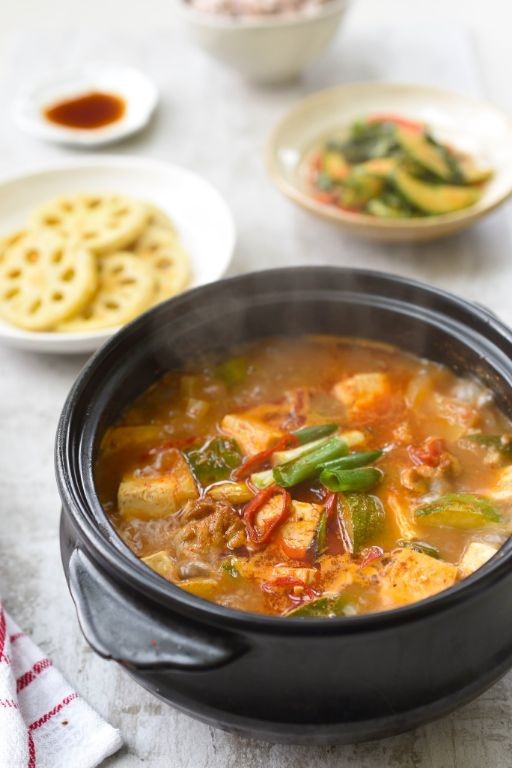
Doenjang stew, also known as Jjigae, is a popular Korean dish made with fermented soybean paste, vegetables, and meat or seafood. This hearty and flavorful stew is perfect for a cold winter night.
Ingredients:
– 2 tablespoons doenjang (Korean fermented soybean paste)
– 1 tablespoon gochujang (Korean chili paste)
– 2 cups water
– 1/4 cup diced vegetables (carrots, zucchini, bell peppers)
– 1/4 cup sliced pork or beef
– 1/4 cup kimchi (spicy Korean fermented cabbage), chopped
– 1 tablespoon sugar
– Salt and black pepper to taste
– Scallions, thinly sliced, for garnish
Instructions:
1. In a large pot, combine doenjang, gochujang, water, vegetables, meat or seafood, kimchi, and sugar.
2. Bring the mixture to a boil over high heat, then reduce the heat to medium-low and simmer for 20-25 minutes or until the flavors have melded together.
3. Season with salt and black pepper to taste.
4. Garnish with thinly sliced scallions before serving.
Cooking Time: 20-25 minutes
Fermented Jalapeño Peppers

Add a tangy kick to your meals with this simple recipe for fermented jalapeño peppers. By allowing the natural bacteria on the peppers to break down their sugars and create lactic acid, you’ll create a deliciously spicy condiment perfect for topping tacos, burgers, or using as a sauce.
Ingredients:
– 1 lb jalapeño peppers
– 1 cup water
– 1 tablespoon salt
– Optional: garlic cloves, coriander seeds, or other spices of your choice
Instructions:
1. Cut the stems off the jalapeños and slice them into thin rings.
2. In a bowl, mix 1 cup of water with 1 tablespoon of salt until dissolved.
3. Add the sliced jalapeños to the brine solution and weigh them down with a plate or a clean rock to keep them submerged.
4. Cover the bowl with cheesecloth or a mesh strainer and let it sit at room temperature (70°F – 75°F) for 7-14 days, shaking the jar daily to release gases.
5. After 7-14 days, check the peppers for desired level of fermentation. If still too spicy, let them ferment for another few days.
Cooking Time: None! The longer you ferment, the stronger the flavor will be.
Homemade Apple Cider Vinegar
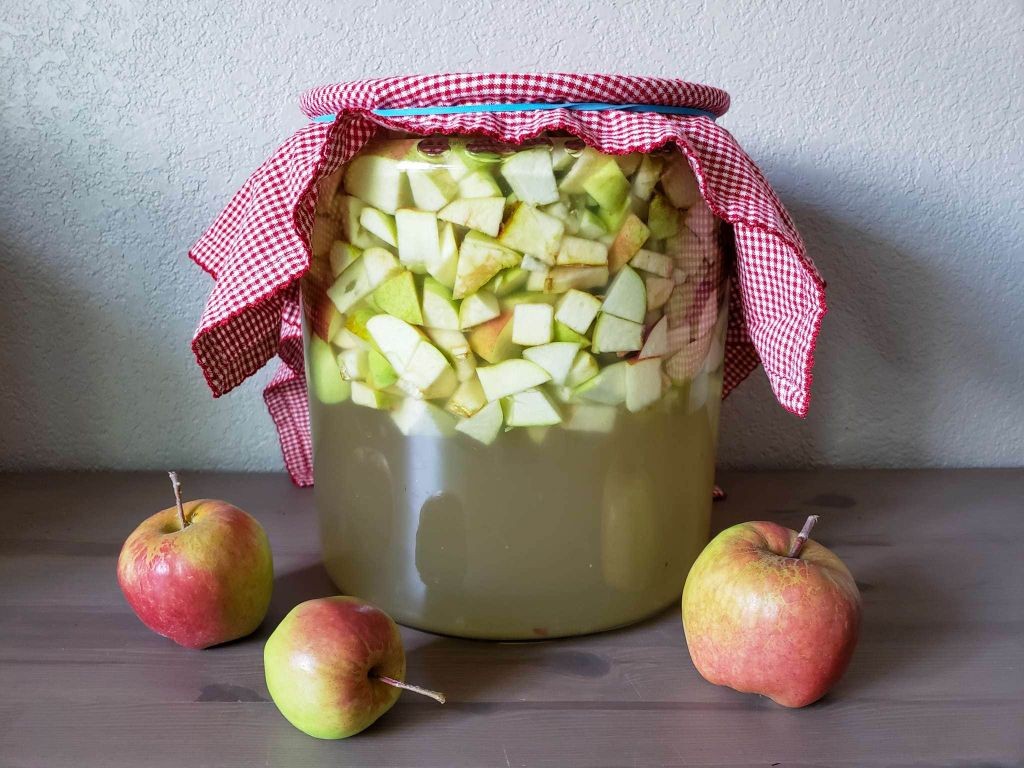
Make your own apple cider vinegar at home with just a few simple ingredients and minimal effort. This recipe yields a delicious and healthy vinegar that’s perfect for cooking, health remedies, and beauty treatments.
Ingredients:
– 1 gallon of apple cider (fresh or store-bought)
– Cheesecloth or a clean, thin towel
– A large glass jar with a wide mouth (at least 2-quart capacity)
Instructions:
1. Pour the apple cider into the glass jar, leaving about an inch at the top.
2. Cover the jar with cheesecloth or a clean towel, securing it with a rubber band.
3. Place the jar in a cool, dark place (like a pantry or cupboard) for 2-3 weeks. This allows the fermentation process to begin and the vinegar to develop its unique flavor.
4. After 2-3 weeks, strain the liquid through cheesecloth or a fine-mesh sieve into another container. Discard the solids.
5. Transfer the liquid to glass bottles with tight-fitting lids and store in the refrigerator.
Cooking Time:
– Fermentation time: 2-3 weeks
– Total time: 2-3 weeks (depending on desired strength and flavor)
Summary
Discover the power of tangy fermented foods for gut health with these 18 recipes! From classic dill pickles to spicy kimchi and lacto-fermented hot sauce, this collection has something for everyone. Learn how to make homemade sauerkraut, beet kvass, miso soup, kombucha, and more. These probiotic-rich foods can help boost your immune system, aid digestion, and even support weight loss. With a variety of flavors and textures, you’ll find it easy to incorporate fermented foods into your daily routine. Get started on the path to better gut health with these delicious and nutritious recipes!




